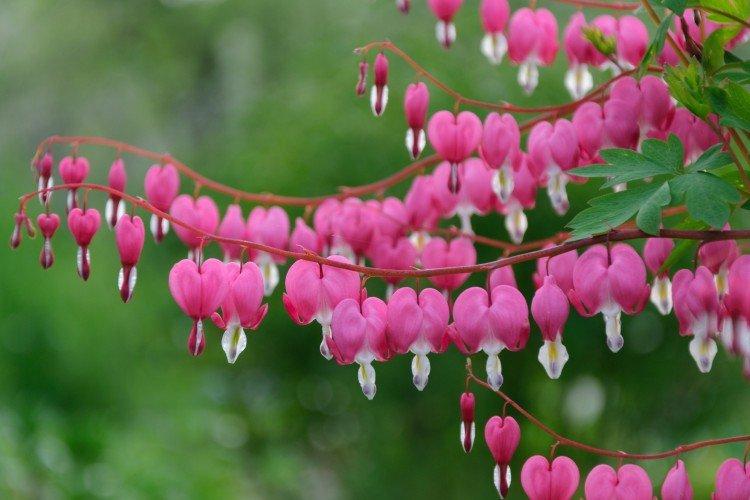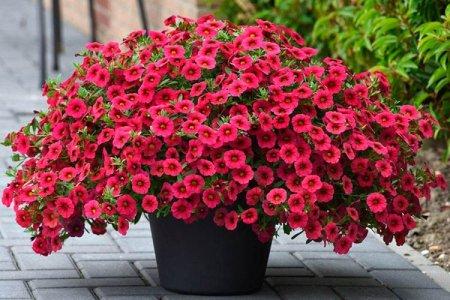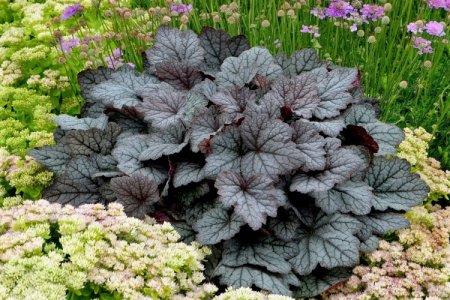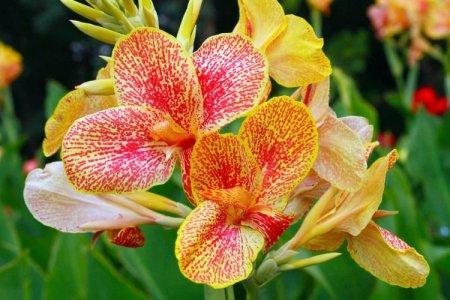
Even inexperienced gardeners can easily recognize the dicenter by the unusual shape of the buds. Charming flowers look like hearts, and, of course, at one time this gave rise to dozens of legends and stories. Today we want to tell you how to care for such an adorable garden visitor!
general information
It is believed that the birthplace of dicentra is Japan, but for many years it has been cultivated all over the world. Depending on the variety, there are annual and perennial varieties. But they all differ in the same original inflorescences.
The dicentra grows up to 1 m and develops a very powerful root system that goes deep into the ground. The most common shades are all variations of white, pink and crimson. Surprisingly, the dicentra belongs to the poppy. Herbaceous stems are straight or branched, with complex bluish leaves.

Types of dicenter
We managed to choose the most interesting and most popular of all varieties of dicentra. We will tell about them further!
Magnificent dicenter
Tall perennial up to 1 m with large leaves and pink flowers. Sometimes there are white varieties, and even less often - varieties with yellowish leaves. Dicentra gorgeous can bloom twice a season.

Exceptional dicenter
Compact bushes up to 20 cm seem to shine blue due to the characteristic shade of the leaves. The roots contain toxins, so work with the flower only with gloves.

Canadian Dicenter
It differs in the structure of the root system: rhizomes are collected from small tubers. In addition to white varieties, there are yellowish ones. Such a dicentra blooms at the very beginning of spring for a maximum of a month.

Beautiful bleeding center
Medium-sized bushes are notable for an abundance of colors. White, scarlet and purple varieties with silvery leaves are especially good. The beautiful bleeding center blooms all summer.

Curly dicentra
A rare liana in its genus, it stretches up to 2 m and is covered with bright yellow flowers. This is a unique annual species for exotic lovers.

Vagrant dicenter
Another miniature species up to a maximum of 20 cm and with the same compact roots. But the flowers of such a dicentra are quite large, most often white or red.

Dicenter care
Dicentra miraculously combines exotic appearance and absolute unpretentiousness of the inhabitant of the middle lane. The only things worth paying extra attention to are top dressing and seasonal pruning.
Temperature
There are no strict temperature restrictions. The garden plant feels great in our latitudes. Is that watering on hot days.

Lighting
Dicentra is indifferent to the level of illumination and grows well in the sun or in the shade. In the sun, the buds bloom faster, but they also fade faster.

Watering
The dicentra is very sensitive to the watering regime. Drought can lead to hibernation of the plant, and an excess of moisture can lead to rotting of the roots. Therefore, carefully monitor the state of the earth depending on the weather and temperature.

The soil
It is better to prepare the soil for the dicenter in the fall. We advise you to dig it up, fertilize and add baking powder as necessary. And don't forget the drainage layer. So the soil will be sufficiently nutritious and light by the spring.

Fertilizers and feeding
Dicentra loves feeding throughout the season. In spring, complex fertilizers are needed for growth, during flowering, feed the bushes with superphosphates a couple of times. And in the fall, add nitrogen so that new young buds begin to form.

Pruning
At the end of autumn, the dicenter will have to be cut off radically, almost to the ground. But wait until the leaves and shoots turn yellow so that the roots have time to stock up on nutrients.

Re-flowering
Some types of dicentra can bloom twice a season. But for this they need a little stimulation from the outside.Remove all faded buds and peduncles immediately, leaving a maximum of 10 cm from the soil.

Transfer
The dicentra can grow in one place for years and not be a hassle. But in the process of growth or due to rotting of the roots, it still sometimes has to be transplanted. The main rule here is that the larger the earthen lump, the better. Because the root system of the dicenter only looks impressive, but in fact it is very fragile.

Wintering
Most of the dicentra species are not afraid of frost and have a great winter in our latitudes. Still, snowless winters and early spring frosts can be fatal. So we recommend covering the plants with something light at least overnight. You can use peat and spruce branches.

Planting and breeding
It is meaningless and long to propagate dicentra with seeds in everyday life, especially since not all species give seeds in our latitudes. It is much more convenient to do this with cuttings. Carefully cut off young shoots, leave them in the rooting machine for a day and plant them in loose, moist soil under a film or glass. In a month, the roots will appear, and by next spring the seedlings can be planted in open ground.
In spring or autumn, dicentra can be propagated by dividing the bush. You need to dig up the plant, let the root dry, carefully divide it into parts with young buds and transplant it into the ground to a permanent place. This method is suitable for all species, including tuberous.

Pest and disease control
The dicenter is not very attractive to pests, but snails and slugs can take a fancy to it. The roots of the flower love to devour bears. In all these cases, as a preventive measure, treatment with complex insecticides is sufficient.
Dicenter is also not sick too often, it is generally a problem-free plant. If the flowers are constantly poured, fungus or rot may appear. Removal of affected areas and treatment with fungicides helps from them, but it is better not to allow such a situation.
Sometimes the dycenter suffers from the spotting virus, which causes parts of the plant to become stained and gradually deformed. It is necessary to completely remove the infected plants, carefully weed the soil and treat with special preparations.

Dicentra - photo
It seems that you can look at the inflorescences of the dicenter forever. So we could not deny ourselves the pleasure, and have collected a large photo gallery!


























